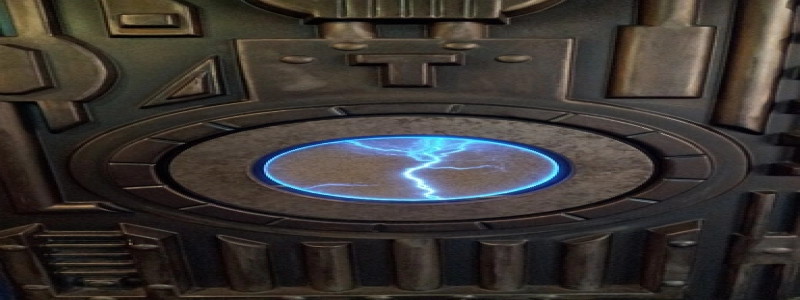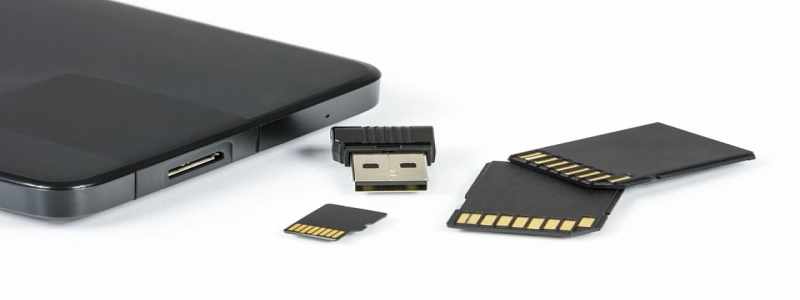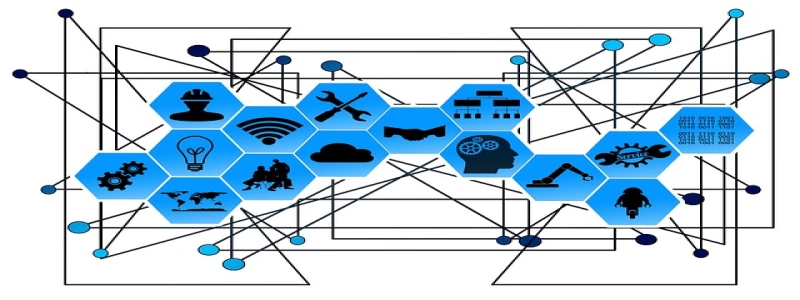Fiber Optic Patch Cable Connector Types
I. Introduction
A. Importance of fiber optic patch cables
B. Overview of different connector types
II. Connector Type 1: SC Connector
A. Description and design
B. Advantages and disadvantages
C. Common applications
III. Connector Type 2: LC Connector
A. Description and design
B. Advantages and disadvantages
C. Common applications
IV. Connector Type 3: ST Connector
A. Description and design
B. Advantages and disadvantages
C. Common applications
V. Connector Type 4: FC Connector
A. Description and design
B. Advantages and disadvantages
C. Common applications
VI. Connector Type 5: MPO/MTP Connector
A. Description and design
B. Advantages and disadvantages
C. Common applications
VII. Conclusion
A. Summary of different connector types
B. Factors to consider when choosing a connector type
C. Importance of selecting the right connector type
I. Introduction
In today’s digital age, the demand for high-speed and reliable connectivity is constantly increasing. Fiber optic patch cables play a crucial role in ensuring efficient data transmission. These cables are used to connect different network devices, such as computers, switches, routers, and servers. To achieve maximum performance, it is important to understand the different connector types available in the market.
II. Connector Type 1: SC Connector
The SC (Subscriber Connector) connector is one of the most commonly used fiber optic connectors. It features a square-shaped design with a push-pull mechanism, making it easy to connect and disconnect. The SC connector offers low insertion loss and high return loss, ensuring reliable connections. However, it is larger in size compared to other connector types.
III. Connector Type 2: LC Connector
The LC (Lucent Connector) connector is a small form-factor connector that has gained popularity due to its compact design. It uses a push-pull latching mechanism and offers low insertion loss and high return loss. The LC connector is compatible with high-density applications and provides excellent performance in single-mode and multimode connections.
IV. Connector Type 3: ST Connector
The ST (Straight Tip) connector is one of the earliest connector types used in fiber optic networks. It features a bayonet-style twist lock mechanism, making it easy to install and remove. The ST connector provides good mechanical stability and is commonly used in single-mode applications. However, it has higher insertion loss compared to other connectors.
V. Connector Type 4: FC Connector
The FC (Ferrule Connector) connector is widely used in research and development laboratories and fiber optic test equipment. It features a threaded barrel design, providing a secure connection. The FC connector offers low insertion loss and high precision alignment, making it suitable for critical applications. However, it requires more skill to install and is generally not used in high-density environments.
VI. Connector Type 5: MPO/MTP Connector
The MPO/MTP (Multi-Fiber Push-On/ Multi-Fiber Termination Push-On) connector is used for high-density applications that require multiple fibers. It allows for quick, reliable, and efficient connections. The MPO/MTP connector is commonly used in data centers for backbone or interconnect cabling. However, it requires specialized tools for termination and can be more expensive compared to other connector types.
VII. Conclusion
In conclusion, selecting the right connector type is essential for achieving optimal performance in fiber optic networks. The SC, LC, ST, FC, and MPO/MTP connectors all have their unique features and advantages. Factors to consider when choosing a connector type include the application requirements, compatibility with existing equipment, and installation ease. By understanding the different connector types and their characteristics, one can make informed decisions to ensure reliable and efficient connectivity in their fiber optic network.







